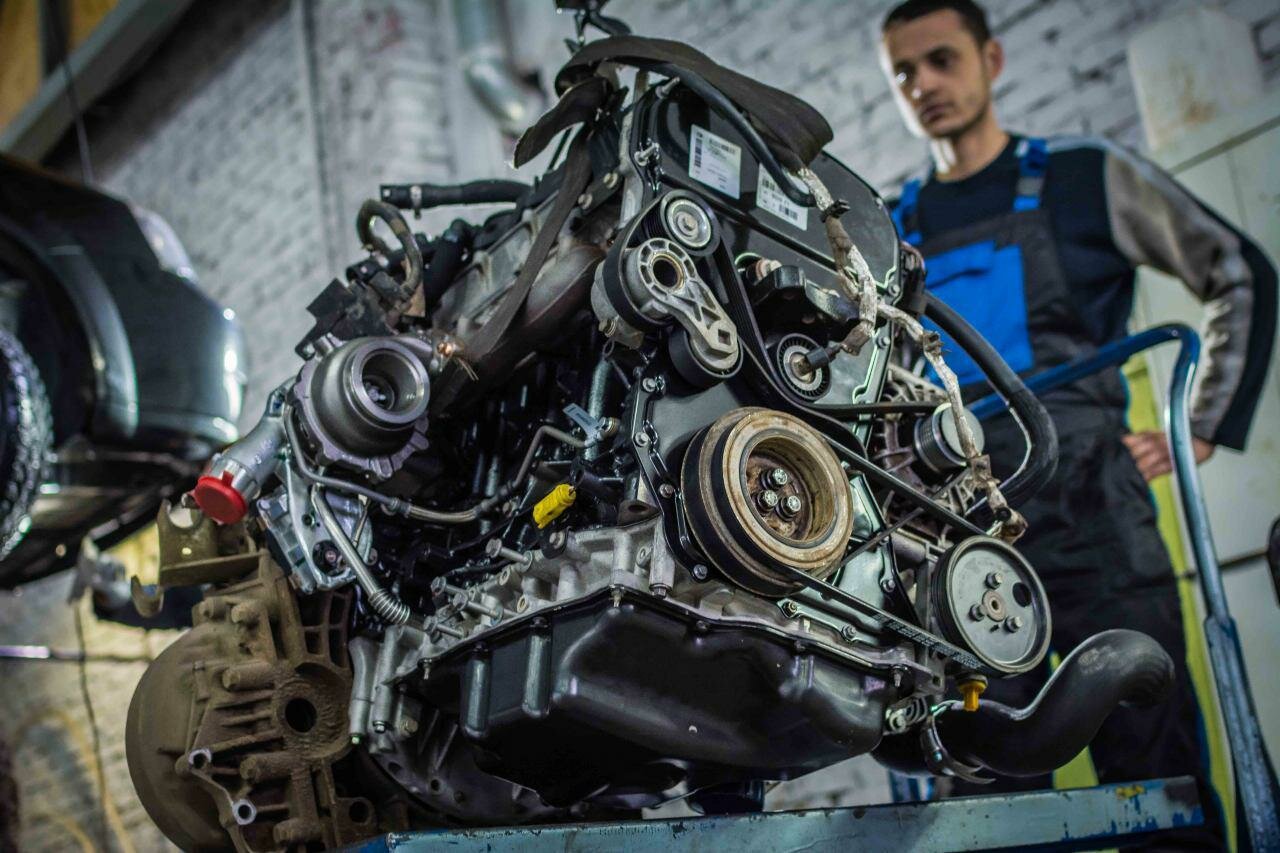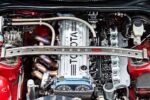Cat 3034 Engine Overview
The Cat 3034 engine, produced by Caterpillar Inc., is a compact, reliable power source designed for various applications, including construction and agricultural machinery. Known for its durability and efficiency, the 3034 engine has been a staple in the industry since its introduction. Caterpillar, a leader in the heavy equipment sector, has a long history of engineering robust engines that withstand the rigors of demanding work environments. The 3034 model is no exception, featuring advanced technology that optimizes performance while adhering to stringent emissions standards.
Common Issues with the Cat 3034 Engine
Despite its reputation for reliability, the Cat 3034 engine is not without its problems. Users have reported a range of issues that can affect performance and longevity. These problems can stem from various factors, including manufacturing defects, improper maintenance, and the harsh conditions under which these engines often operate. Understanding these common issues is crucial for operators and maintenance personnel to ensure the engine runs efficiently and safely. This article will delve into the specific problems associated with the Cat 3034 engine, providing insights into their causes and potential solutions.
Cat 3034 Engine Problems: A Deep Dive
The Cat 3034 engine, while generally regarded as a robust and efficient power source, is not immune to a variety of issues that can arise during its operation. Understanding these problems is essential for maintaining optimal performance and preventing costly repairs. Below are some of the most common issues reported by users, along with their potential causes and solutions.
Common Problems
1. Overheating
Overheating is a prevalent issue with the Cat 3034 engine. This can lead to severe damage if not addressed promptly. Common causes include:
– Insufficient coolant levels
– Clogged radiator
– Malfunctioning thermostat
2. Fuel System Failures
Problems within the fuel system can lead to poor engine performance or complete failure to start. Key factors include:
– Clogged fuel filters
– Contaminated fuel
– Failing fuel injectors
3. Oil Leaks
Oil leaks can significantly impact engine performance and longevity. Common sources of leaks are:
– Worn gaskets
– Damaged oil seals
– Loose connections
4. Electrical Issues
Electrical problems can lead to starting issues or erratic engine behavior. Common causes include:
– Faulty wiring
– Weak batteries
– Defective sensors
Maintenance Tips
Proper maintenance is crucial for preventing many of the issues associated with the Cat 3034 engine. Here are some essential tips:
-Regular Inspections: Conduct routine checks on coolant levels, oil quality, and fuel filters.
-Scheduled Oil Changes: Follow the manufacturer’s recommendations for oil change intervals to ensure optimal performance.
-Keep the Cooling System Clean: Regularly flush the cooling system to prevent clogs and overheating.
-Monitor Electrical Systems: Regularly inspect wiring and connections to prevent electrical failures.
Symptoms and Consequences
Understanding the symptoms associated with the Cat 3034 engine problems can help in early diagnosis and prevention of severe damage. Below is a table summarizing common symptoms and their potential consequences:
| Symptom | Potential Consequence |
|---|---|
| Engine overheating | Severe engine damage or failure |
| Difficulty starting | Complete engine failure |
| Oil spots under the engine | Loss of lubrication, leading to engine wear |
| Erratic engine performance | Increased fuel consumption, potential engine shutdown |
Top views |
|
|---|---|
 |
Oil, Timing Chains, Pistons: What Really Kills an Engine Prematurely? |
 |
How to Choose a Car with a Reliable Engine: Used Car Market Hacks That Actually Work |
Conclusion
The Cat 3034 engine, while generally reliable, can experience a range of issues that require attention. By understanding the common problems, symptoms, and maintenance practices, operators can ensure that their engines remain in optimal condition, minimizing downtime and repair costs. Regular maintenance and prompt attention to symptoms are key to prolonging the life of the Cat 3034 engine.




0 Comments